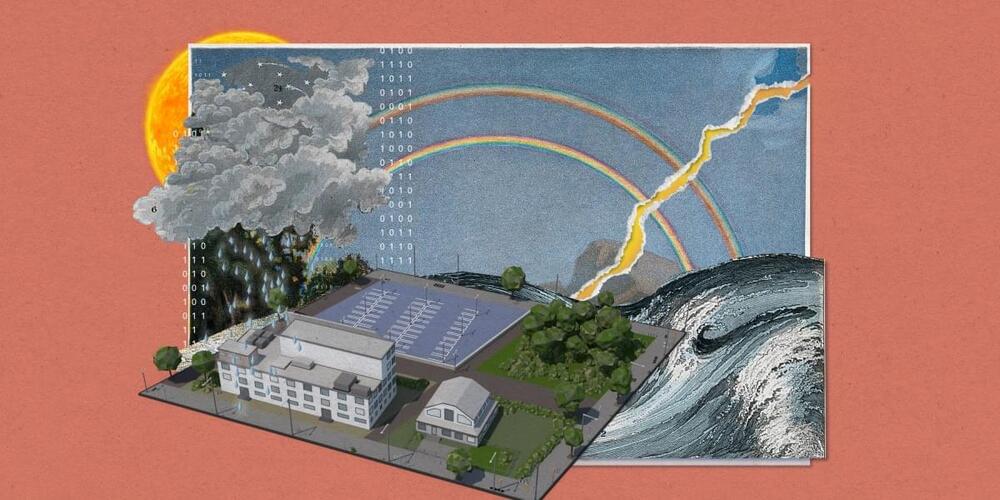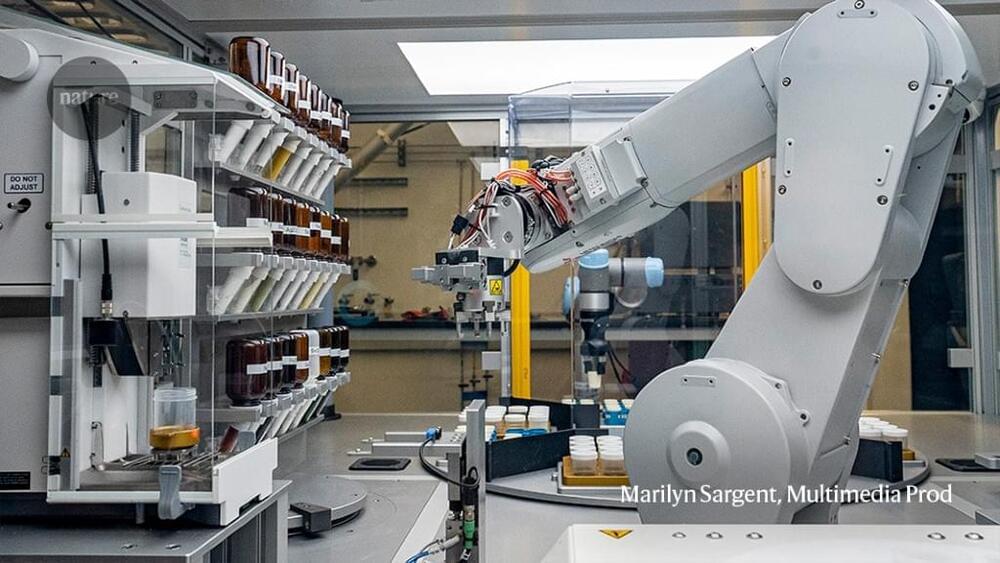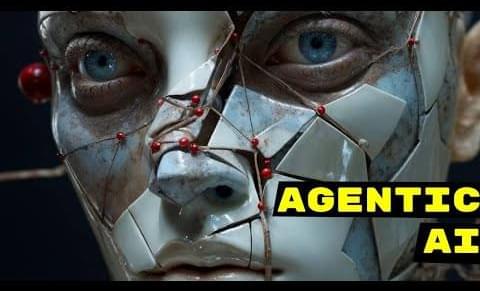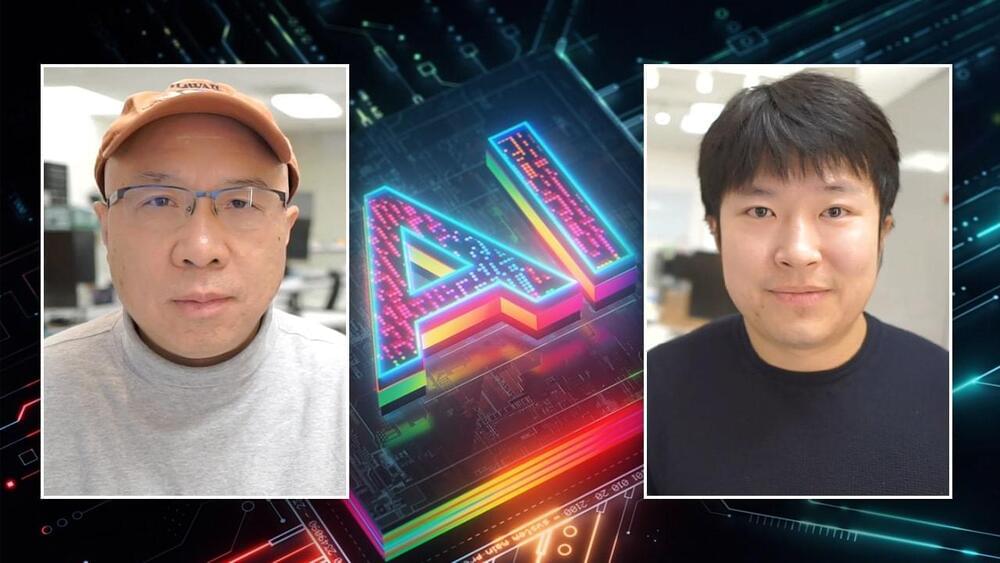SpaceX’s announcement of the new V2 Starship marks a significant commitment to innovation and improvement in the evolution of Starship, with potential game-changing advancements in technology and capabilities.
Questions to inspire discussion.
Why is SpaceX shifting to V2 Starship?
—SpaceX is shifting to V2 Starship due to potential game-changing advancements in technology and capabilities, including increased propellant capacity and reduced dry mass for quicker booster return and reaching higher orbits.





